Hello there! I’m currently studying for a PhD in Archaeology at Oxford, researching the role of women in the social and political developments of 6th- and 7th-century England and France. With a worldwide readership of over 4,400 PLUS featuring regularly in Substack’s top 100 fastest-growing history publications, I share medieval history as you rarely hear it. I combine written and archaeological evidence to share the experiences of overshadowed individuals, ask challenging questions of dominant interpretations, and recommend books and writers doing a wonderful job of unearthing the past. My top 3 posts of all time have been a review of Rebecca Stott’s Dark Earth, biography of Æthelthryth of the Northumbrians (the queen who wouldn’t sleep with her husband), and my guide to Oxford’s top medieval moments.
What’s on this month at Medieval Musings?
🔓 Denotes material available for free
🔒 Denotes material exclusively for paid members
🖋 🔓Saturday 7th June. Crafting Beauty: Review of The Medieval Scriptorium by Sara J. Charles
An immersive, beautifully illustrated journey through medieval manuscript production. This book takes the reader on an immersive journey through medieval manuscript production in the Latin Christian world. Each chapter opens with a lively vignette by a medieval narrator – including a parchment-maker, scribe and illuminator – introducing various aspects of manuscript production. Sara J. Charles poses the question ‘What actually is a scriptorium?’, and explores the development of the medieval scriptorium from its early Christian beginnings through to its eventual decline and the growth of the printing press. With the written word at the very heart of the Christian monastic movement, we see the immense amount of labour, planning and networks needed to produce each individual manuscript. By tapping into these processes and procedures, we can experience medieval life through the lens of a manuscript maker.1
🖋️ 🔒 Saturday 14th June. Gildas and the Ruin of Britain: A British Voice From the Twilight of Roman Britain
Historians and archaeologists alike have pretty strongly rebuffed the idea of the ‘Dark Ages’ - but what was life like for the inhabitants of Britain during those shadowy years between the end of Roman rule and the establishment of kingship 200 years later? With almost no written sources, it can be difficult to piece together a nuanced, textured picture containing all the colour and richness of everyday life. One voice, however, pierces through the darkness. In this essay, we’ll uncover how he interacted with the crumbling ruins of Roman Britain, his statement on the moral condition of his contemporaries, and so much more.
📹 🔓 Tuesday 17th June, 8pm GMT(+1) / 4pm EST / 1pm PST. Inside Viking Spiritual Worlds, a Substack Live Q&A
Substack Live Video, a Q&A on Viking history with the wonderful
of .This is a Part 2 to our May Live, in which we will focus exclusively on questions of Viking/pagan belief. It will last about 1 hour, with a formal start to the session at 8:05pm GMT. I’ll start by asking Irina some questions before opening the floor to subscribers.
🖋️ 🔓 Saturday 21st June. Uncover Medieval Treasures in Oxford’s Ashmolean Museum
You asked for more travel diaries after I shared my visit to the British Museum - and I’m delivering! The Ashmolean Museum is a highlight of any visit to Oxford, the city of dreaming spires. One of the first museums to be made open to the public, it contains a rich array of artefacts from across time, but we all know where I’ll be heading. This is your guide to the medieval exhibits, containing the Alfred Jewel, sparkling Dark Age jewellery, and a fine collection of early coinage. And as it wouldn’t be a trip to a museum without a stop at the book store, you can be sure to find my top recommendations for what to read next!
🖋️ 🔒 Saturday 28th June. Royal Blood, Sacred Lives: Abbesses of the Seventh Century
Here at Medieval Musings, we’ve explored the experiences of early medieval women such as Bertha, first Christian queen of Kent, her daughter Æthelburh, who exploited international diplomatic contacts of her own, and Æthelthryth, the queen who refused to sleep with her husband. Æthelburh and Æthelthryth both ended their days in the new monastic foundations that appeared in England during the 7th century. But what was it about the holy life that appealed to royal women? In this essay, we’ll go on a whistle-stop tour of the rise of female monasticism in 7th-century England before taking a deep-dive into the lives of the women who stepped away from the glittering glory of royal life to embrace one of devotion to their God.
Not yet a subscriber?
Subscribe to make sure you receive all posts in May! Here’s what readers have to say about Medieval Musings:
‘Your piece does a great job of shedding light on a misunderstood period of history. I really enjoyed your article - it’s insightful, well-argued, and brings fresh attention to the richness of the so-called 'Dark Ages.' - Mario
‘Fascinating, peel back the curtains of time and see what is there 😍🤗’ - Jane C. Smith
‘Wonderful essay, Holly. You’re doing such important work by rethinking the way these stories are told. I’m really looking forward to the next instalments in your series.’ - Jonathan Crain
New to Medieval Musings?
Here’s a roundup of May’s posts to give you feel for what we’re about.
https://reaktionbooks.co.uk/work/the-medieval-scriptorium#:~:text=The%20Medieval%20Scriptorium%20is%20a,the%20circumstances%20of%20their%20production.


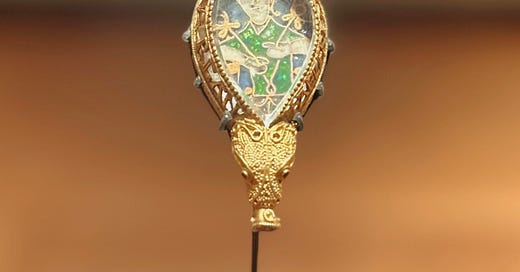


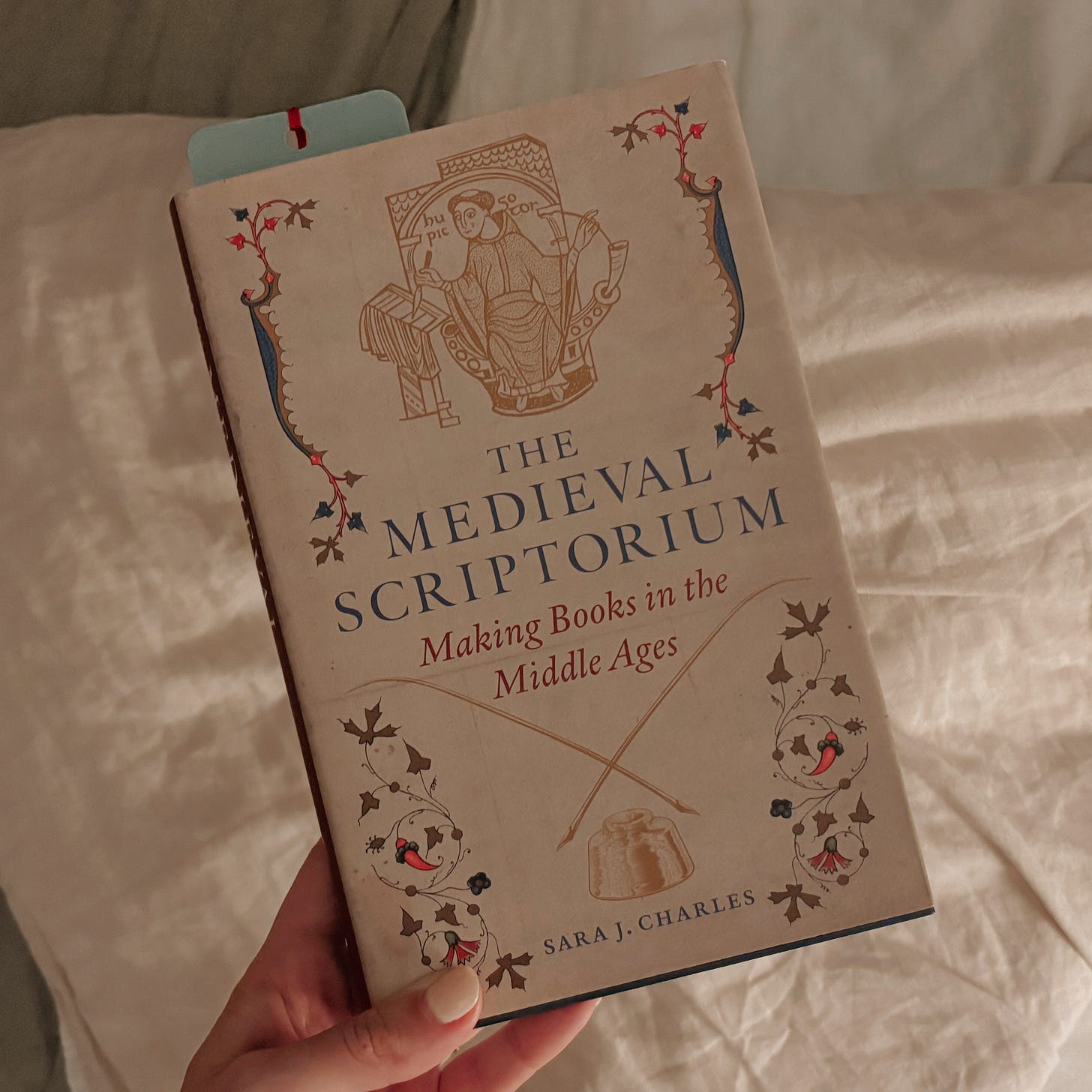


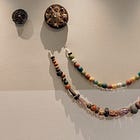

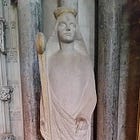

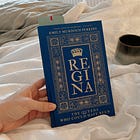
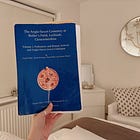
Can’t wait! I look forward to your review of the manuscript book…and of course on the abbesses of the 7th century. 😊
I am so looking forward to the abbesses post!